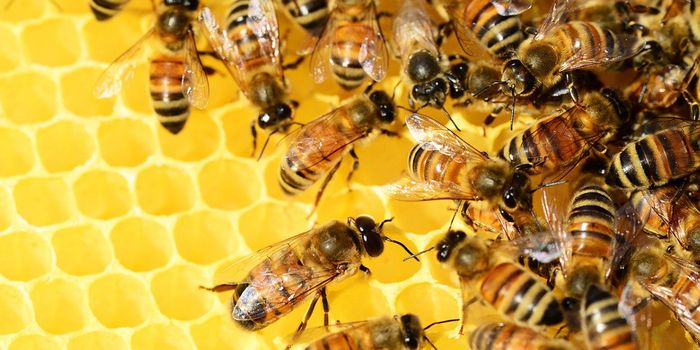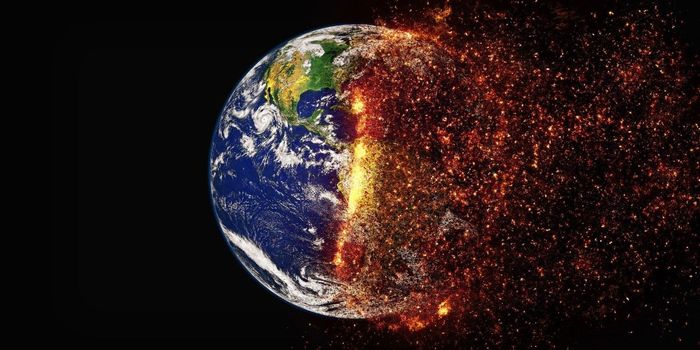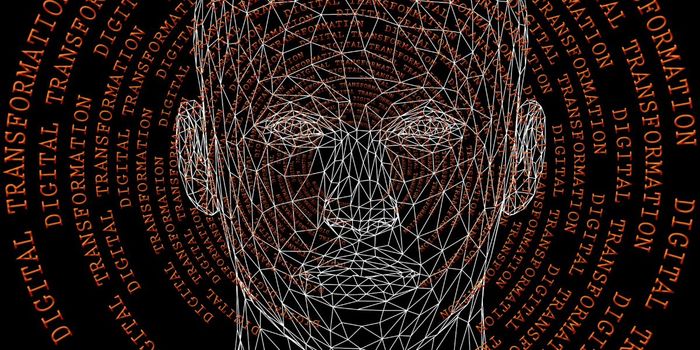Ultraviolet light can change the way we see things, as the beginning of this video illustrates. But how do ultraviolet (UV) rays impact the things they are illuminating? UV rays are a kind of non-ionizing radiation, meaning they are not powerful enough to penetrate beyond the superficial layers of the skin, and cannot strip electrons off of a molecule. It can produce heat, however, like in home microwaves. While it is not considered seriously dangerous, it can do damage to DNA.
That UV damage might not be happening the way you think though. Instead of breaking the bonds that hold molecules together, it seems that UV encourages more bonds to form inside of our DNA. Specifically, covalent bonds appear where they should not. The video illustrates what happens to the DNA molecule when those new and unintended covalent bonds form. Since DNA is so important, our cells have machinery that can repair it. But those fixes can go awry, especially in people that have mutated DNA repair machinery.
Source: CDC








